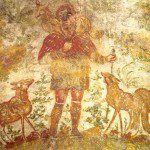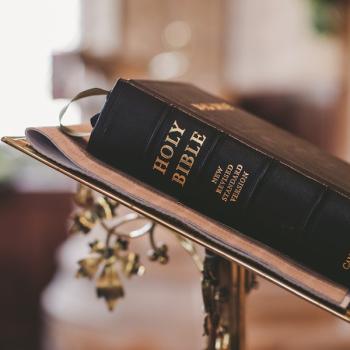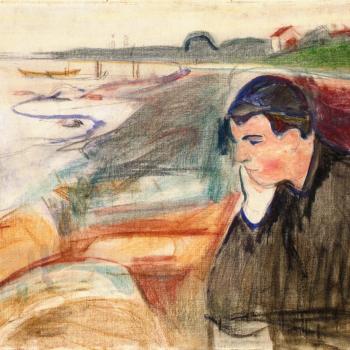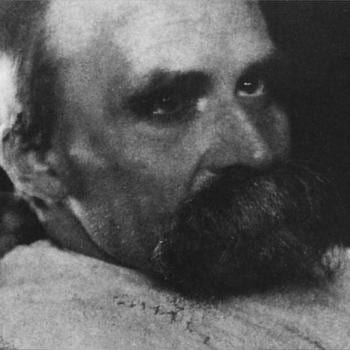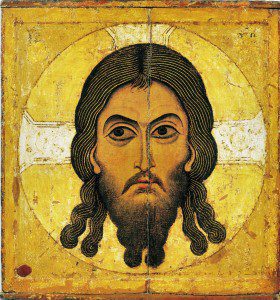
For my Byzantine Catholic and Orthodox brethren, I’m preaching to the choir; the title of this post may as well be “go to liturgy!” or “Jesus Christ: God-Man!”
But, after a somewhat shaky reaction from some Orthodox to my recent request for prayers for the Bulgarian Church, I’d like to show my love (both as a Byzantine Catholic and just as a Christian) for the traditions of the East. More than that, however, I have personally benefitted from prayer with icons. I keep one of Abba Moses the Black in my bedroom; in fact, he’s staring at me right now.
The practice is an ancient one—of praying with icons that is, not of having Abba Moses stare at you in your bedroom. When we speak of multiple iconoclasms in the Byzantine Empire, we are talking, at earliest, about the 8th century. And icons date back even further than that! In other words, the Roman Catholic ought to have no fear about the practice (in fact, you can buy them at the Vatican. I know because I have!).
For my part, the practice has always helped immensely with the mood of personal devotion. Sitting, allowing the icon to grip you with its unmoving eyes or with the contour of seemingly endless lines, flowing here, then there, but always to a point worthy of one’s utmost concentration. Concentration then dissipates into emptiness, a sense of allowing the icon, so to speak, to look at you—the receptacle, the sinner in need of hearkening to God’s word, of accepting His grace.
And all that before any verbal prayer, before a Pater Noster or an Ave Maria; in those first moments, I, unworthy, sometimes uninterested—maybe even unwashed—feel myself enter into the presence of holiness, into a state centered not on my active grasping for desires with my prayers, but into a state of receptivity, of charitable openness. No matter how bad I have been here is time for reflection, for rejuvenation.
From there, I might, imagining myself before an icon of Christ (if I don’t have one before me), repeat the Jesus Prayer—quickly, not worried about the words, but worried about achieving concentration on the duality of God’s justice and mercy—His divinity and His humanity. Verbal prayer likely follows with intentions, with the experience rounded out by a return to the features of the icon immediately before me, still watching, vigilant, a portal to holiness, if only I open my heart.



